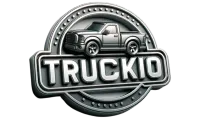Are you frustrated with your tonneau cover constantly popping up? Wondering why this keeps happening?
Look no further! In this article, we’ll explore the common reasons behind this annoying issue.
Say goodbye to your cover’s unexpected lifts and learn how to tackle the problem head-on.
Discover the potential causes and find practical solutions to keep your tonneau cover securely in place.
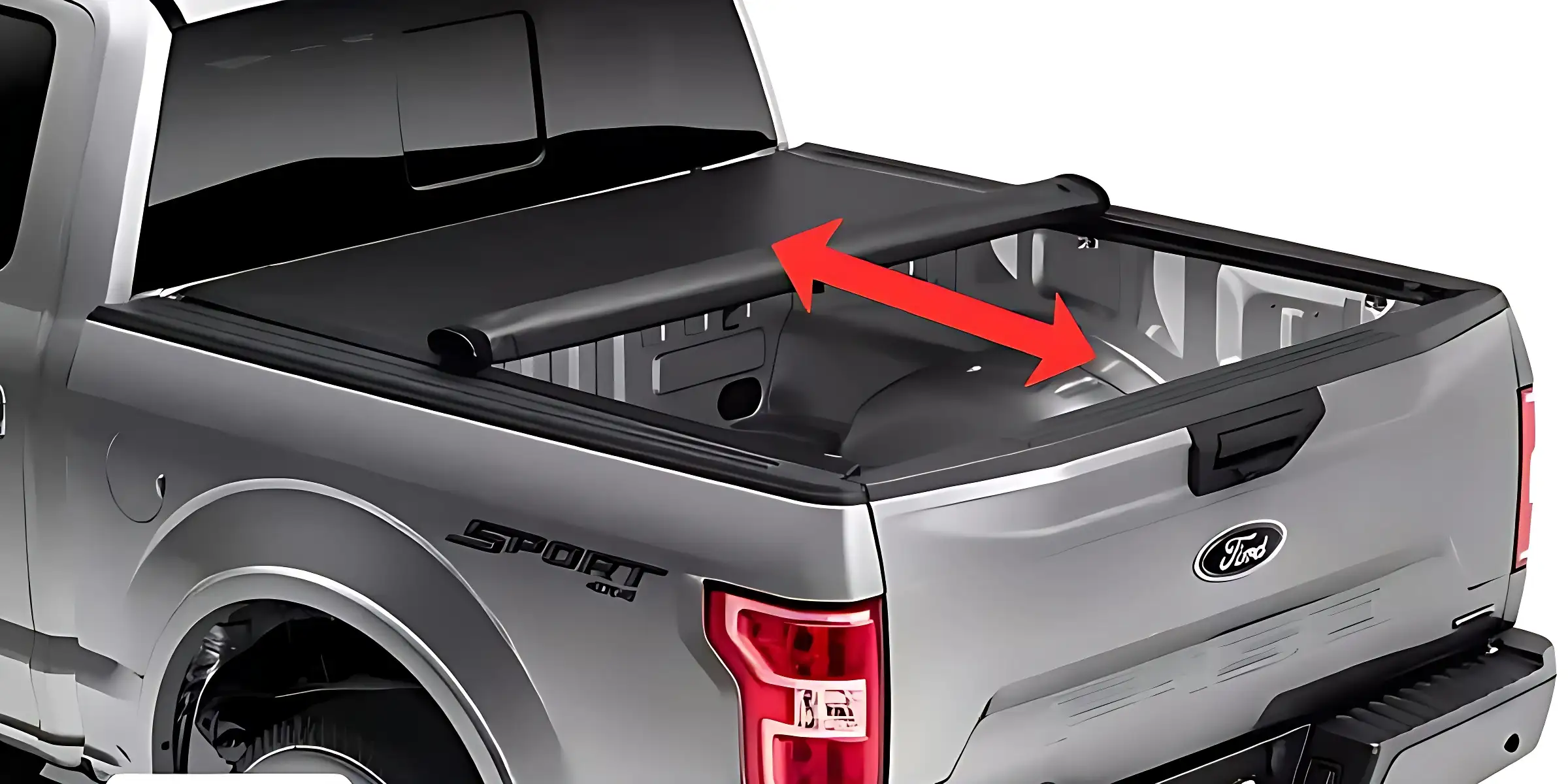
Why Does My Tonneau Cover Keep Popping Up?
Loose or worn-out clamps, improper installation, or faulty locking mechanisms can cause your tonneau cover to pop up.
Install the clamps correctly, check the locking mechanism for any issues, and tighten the clamps.
Incorrect Installation
One possible reason for your tonneau cover popping up is improper installation.
If the cover isn’t installed correctly, it can loosen over time, causing it to pop up unexpectedly.
Keep a close eye on every step and secure all components tightly during installation.
Loose Clamps or Fasteners
Another culprit behind the annoying popping issue is loose clamps or fasteners. As vibrations and movements occur over time, these parts can become loose.
Check all clamps and fasteners to make sure they are tight.
Worn or Damaged Components
Wear and tear can affect the functionality of your tonneau cover. If the cover is old or if certain parts are damaged, it may not stay securely in place.
Inspect the cover thoroughly, paying attention to the hinges, latches, and any other moving parts.
Replace any worn or damaged components to restore the cover’s integrity.
Improper Adjustment or Alignment
A misaligned or improperly adjusted tonneau cover can also lead to popping issues.
It can pop up if the cover isn’t aligned correctly with the truck bed or if the tension is uneven.
Adjust the cover according to the manufacturer’s instructions, ensuring it fits snugly and evenly across the entire bed.
Environmental Factors
Sometimes, external factors can contribute to your tonneau cover popping up.
Strong winds, changes in temperature, or variations in air pressure can create a force that lifts the cover.
You can’t control the weather, but you can choose a tonneau cover that can. Look for covers with built-in wind deflectors or additional fastening mechanisms.
Improper Cargo Placement
The way you load and secure your cargo can impact the stability of your tonneau cover.
If the cargo is too tall or not properly secured, it can put pressure on the cover and cause it to pop up.
Ensure that your cargo is securely secured and distributes the weight evenly.
Design Limitations
Finally, it’s essential to consider the design limitations of your tonneau cover. Some covers are not intended for high-speed driving or extreme weather conditions.
Choosing a cover designed to withstand harsh weather and high speeds is important.
Benefits of a Securely Attached Tonneau Cover
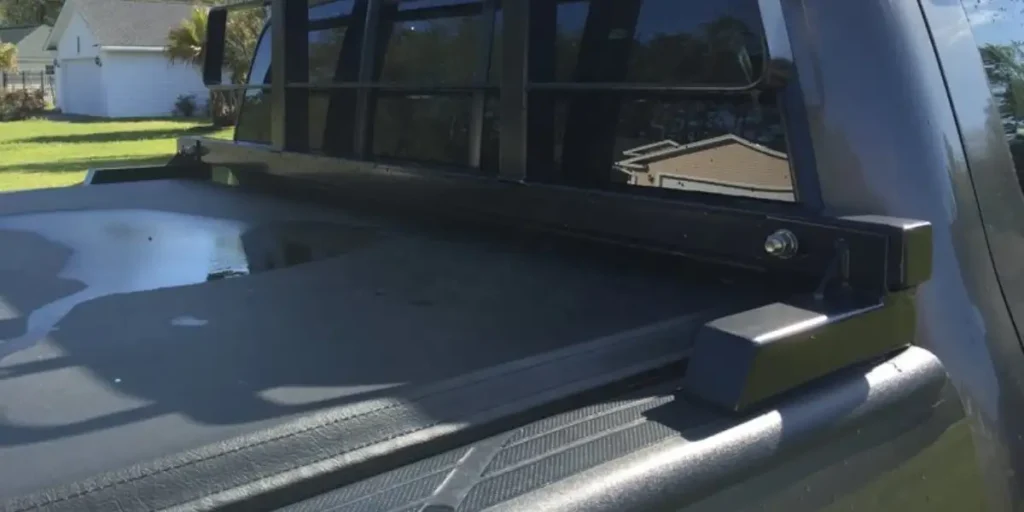
Protection from the Elements
With a securely attached tonneau cover, you can protect your cargo from rain, snow, and harmful UV rays.
With protection against adverse weather, you can transport equipment, luggage, or supplies with ease.
Improved Fuel Efficiency
It’s true that a tonneau cover will help your truck run more efficiently. An open truck bed creates air resistance and drag, reducing your vehicle’s aerodynamics.
By reducing your fuel consumption, you save money and reduce your carbon footprint.
Enhanced Security
The primary purpose of a tonneau cover is to prevent theft. A properly attached cover makes your truck bed harder to enter for thieves.
In addition, a tightly secured cover prevents prying eyes from seeing your cargo.
Increased Storage Capacity
You can carry more items in your truck’s bed, making it perfect for road trips, camping excursions, or large purchases.
A securely attached tonneau cover keeps your cargo secure, preventing it from shifting during transit.
Improved Organization
Tonneau covers keep your belongings from spills and rolling around in your truck bed.
This organization makes it easier to find and access items, saving you time and frustration.
Enhanced Aesthetic Appeal
In addition to the practical benefits, a securely attached tonneau cover adds a touch of style to your truck. It completes the polished look of your truck bed, hard or soft.
Longevity of the Cover
The tonneau cover will also last longer if it is securely fastened. The cover lasts longer and saves you money when it is tightly fastened.
Factors That Can Affect Tonneau Cover Stability
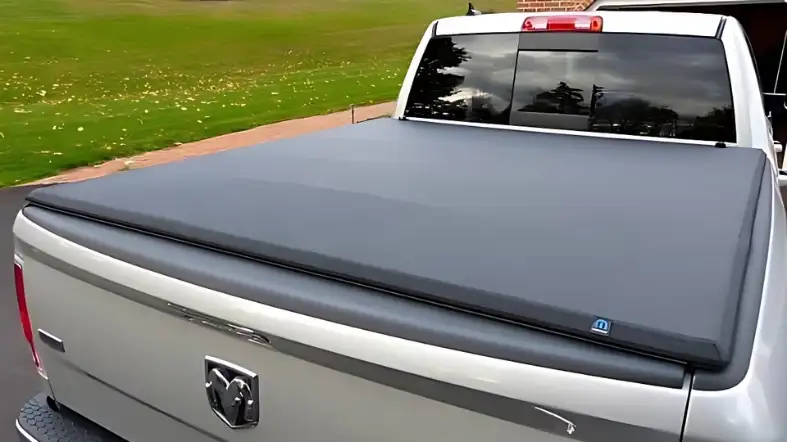
There are some key elements that can affect the stability of your tonneau cover:
Installation Quality
If your tonneau cover isn’t installed correctly, it may shift, lift, or pop up over time.
If it isn’t installed correctly, it may shift, lift, or pop up over time.
For optimal stability, follow the manufacturer’s instructions carefully and secure all components correctly.
Material and Construction
Aluminum and fiberglass tonneau covers are more rigid and less likely to move. When choosing a soft cover, consider its specific features and materials.
Vinyl or fabric soft covers are more susceptible to wind and shifting.
Fastening Mechanisms
It is crucial to secure the tonneau cover to your truck bed with clamps, latches, and Velcro straps.
A loose, damaged, or worn fastening component may compromise the cover’s stability over time. Regularly inspect and maintain fastening components.
Design and Fit
There are several factors that influence tonneau cover stability. Each cover is tailored to fit a particular truck or bed size.
Choose a cover that fits your truck model to avoid gaps or areas that don’t sit flush with the bed. These inconsistencies may result in instability and popping or lifting.
Driving Conditions
When driving at high speeds, especially on highways or in windy areas, air pressure can lift or shift the cover.
Ensure the cover is securely fastened to avoid it moving or popping up.
Maintenance and Care
Tonneau covers need to be maintained and cared for regularly.
Clean the cover regularly, removing debris and dirt that can interfere with the fastening mechanisms.
Keep moving parts smooth and corrosion-free by lubricating them. Keeping your tonneau cover in good condition contributes to its longevity and stability.
Weight Distribution
Your tonneau cover’s stability can be affected by how you distribute weight. If it is unevenly distributed or exceeds the manufacturer’s weight limits, it can lift or sag.
Follow the manufacturer’s weight limits and distribute your cargo evenly across the cover.
How to Properly Install a Tonneau Cover
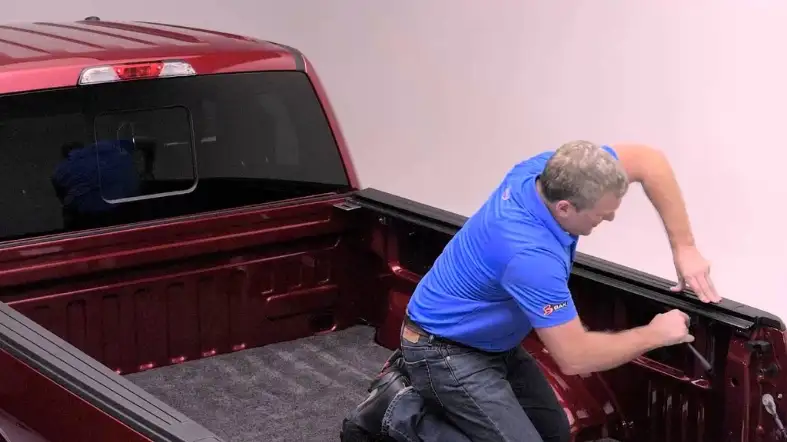
Follow these step-by-step instructions to properly install your tonneau cover and take advantage of its benefits:
Step 1: Gather the Necessary Tools
Before starting the installation process, gather the necessary tools recommended by the manufacturer.
These may include a socket wrench, Allen wrenches, or other specific tools mentioned in the instructions.
Step 2: Clean the Truck Bed
Ensure that your truck bed is clean and free of debris before installing the tonneau cover.
Remove any dirt, dust, or objects that may interfere with the installation or cause damage to the cover.
Step 3: Position the Rails
Start by positioning the side rails of the tonneau cover on the truck bed. Align the rails with the edges of the bed, ensuring they are level and evenly spaced.
Others may have a clamp or adhesive attachment system, requiring drilling holes for rails.
Step 4: Attach the Rails
Secure the side rails to the truck bed according to the manufacturer’s instructions.
This typically involves using clamps, bolts, or adhesive strips provided with the cover.
Ensure that the rails are tightly fastened and stable, preventing any movement or shifting.
Step 5: Install the Cover Material
Depending on the type of tonneau cover you have, this step may vary. For hardcovers, position the cover material onto the side rails and align it correctly.
Ensure that it fits snugly and evenly across the entire bed. Some hardcovers may require additional screws or latches to secure the cover material to the rails.
For softcovers, unroll or unfold the cover material over the truck bed. Attach the material to the side rails using the designated attachment points or hooks provided.
Make sure the material is taut and properly aligned to ensure a secure fit.
Step 6: Adjust and Fine-Tune
After installing the cover material, make any necessary adjustments and fine-tuning to ensure a proper fit.
Check for any gaps, sagging, or misalignment along the edges of the cover.
Make adjustments as needed, such as tightening screws, repositioning attachment points, or adjusting tension settings, according to the manufacturer’s instructions.
Step 7: Test the Cover
Once the tonneau cover is installed, take the time to thoroughly test its functionality.
Open and close the cover several times to ensure smooth operation and proper alignment.
Verify that the cover securely locks in place when closed and doesn’t pop up or shift during movement.
Step 8: Verify Weather Sealing (if applicable)
If your tonneau cover provides weather sealing, inspect the edges and seals for any gaps or areas that may allow water or dust to penetrate.
Make adjustments or add additional weather seals as necessary to ensure effective protection against the elements.
Tips for Troubleshooting Tonneau Cover Pop-Ups
Here are some helpful tips for troubleshooting tonneau cover pop-ups:
Check Installation
Start by reviewing the installation of your tonneau cover. Make sure all components are properly installed.
Attach the cover to the truck bed securely and tighten the fasteners, clamps, or adhesive strips. If necessary, reinstall the cover.
Inspect Fasteners and Clamps
Over time, fasteners, clamps, or other attachment mechanisms may loosen. Tighten any loose fasteners or clamps to ensure a firm connection.
Check for Damaged Components
Replacement of damaged components is necessary to restore the integrity of the cover. Look for cracks, breaks, or bent parts.
Verify Proper Adjustment
Ensure that your tonneau cover is properly adjusted and aligned with the truck bed. Check for uneven tension or gaps along the edges of the cover.
For a snug fit and to eliminate popping issues, follow the manufacturer’s instructions.
Consider Environmental Factors
Weather conditions or strong winds can cause Tonneau covers to pop up. To enhance stability under such conditions, install wind deflectors.
Review Cargo Placement
Tonneau covers can pop or lift if they are poorly loaded or unevenly distributed. To keep items in place during transportation, use cargo nets or tie-down straps.
Distribute the weight evenly and secure your cargo according to manufacturer recommendations.
Evaluate Cover Design and Quality
Tonneau covers with specific design limitations or inferior construction may pop up more easily.
You may want to upgrade to a higher-quality tonneau cover if popping issues persist.
Is There a Way to Secure a Custom Tonneau Cover to Prevent It from Popping Up?
When it comes to securing a custom tonneau cover to prevent it from popping up, following a custom tonneau cover tutorial can help. These tutorials provide step-by-step instructions on how to properly secure the cover, ensuring it stays in place while you are driving. By learning and implementing the techniques shared in a custom tonneau cover tutorial, you can enjoy a secure and stable cover, protecting your truck bed and cargo effectively.
Frequently Asked Questions About Tonneau Covers
Will A Tonneau Cover Increase My Truck’s Gas Mileage?
Tonneau covers reduce wind drag and improve aerodynamics.
Studies have shown that a properly installed tonneau cover can save your truck up to 10%.
Can I Use A Tonneau Cover With Other Truck Accessories?
You can use tonneau covers with other truck accessories, such as bed liners, bed extenders, and ladder racks. You must make sure that they are compatible.
Are Tonneau Covers Waterproof?
In spite of their water resistance, tonneau covers are not completely waterproof.
They are meant to protect your cargo from light to moderate rains and snow.
Check the cover’s water resistance capabilities during heavy rainfall or standing water.
Can I Drive With A Tonneau Cover Partially Open?
A partially open tonneau cover can create wind resistance and damage the cover or the truck bed.
It is best to keep the cover closed or fully open while driving.
Final Words
Ensure a stable and secure tonneau cover by addressing common issues. Proper installation, tight fasteners, and regular maintenance prevent popping up.
Consider environmental factors, cargo placement, and the cover’s design.
By troubleshooting these factors, you can ensure a reliable and functional tonneau cover.
Invest in a secure tonneau cover to enhance your truck’s style and cargo protection.
